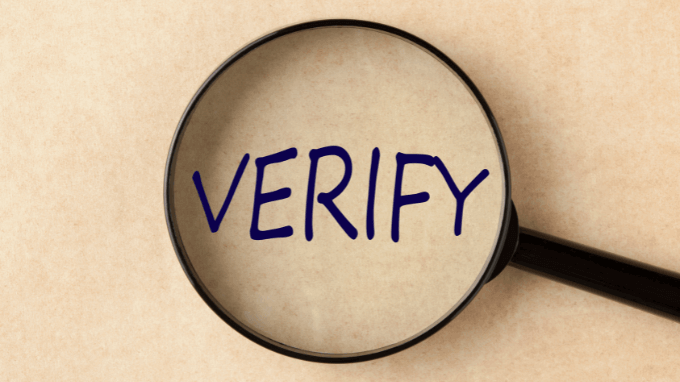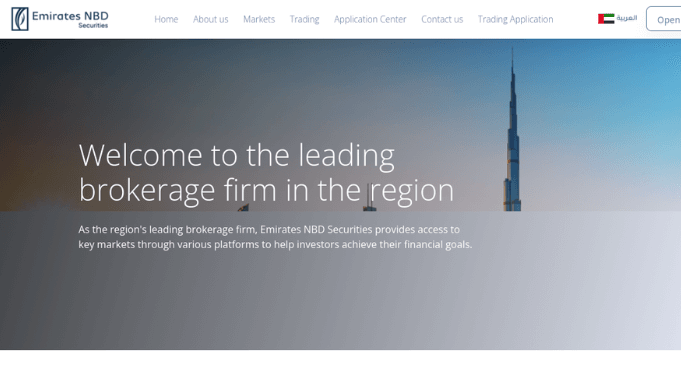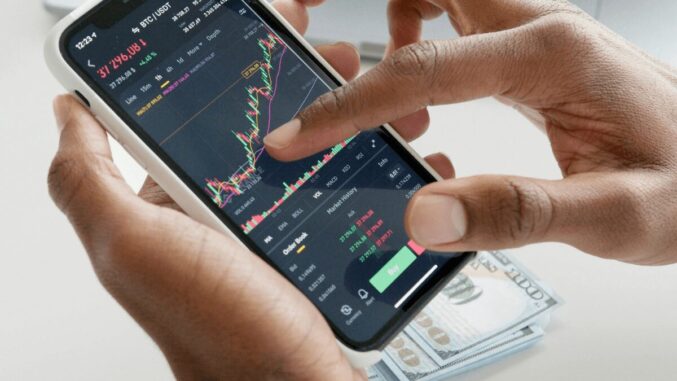Opening a Forex or binary options trading account is the first step in your journey as a trader. However, before you can fully access your account, fund it, or claim any promotional offers, you’ll typically be required to complete a verification process. This requirement often catches new traders off guard, raising questions such as: “Why do I need to verify my account?” or “What documents are required for verification?”
In this ultimate guide, we’ll walk you through everything you need to know about trading account verification, including why it matters, what documents are needed, how to submit them, and what to do if issues arise. Whether you’re just getting started or you’re an experienced trader looking for clarity, this comprehensive resource is designed to help you verify your trading account with confidence.
Why Is Account Verification Required?
If you’re wondering why brokers insist on verifying your account, the answer lies in global financial regulations. Reputable Forex and binary options brokers are required to comply with international anti-money laundering (AML) and Know Your Customer (KYC) regulations. These laws are designed to prevent fraud, identity theft, and illicit financial activities.
By verifying your identity, brokers ensure that you are who you claim to be, and that the funds moving through their platform are legitimate. This not only protects the broker but also safeguards the trading ecosystem and enhances trust among traders.
Key Reasons for Verification Include:
- Compliance with Regulatory Authorities: Most regulated brokers operate under licensing bodies such as the FCA (UK), CySEC (Cyprus), ASIC (Australia), or the CFTC (US). These regulators mandate strict KYC processes.
- Security of Your Account: Verification ensures that only you can access and control your trading account.
- Eligibility for Bonuses and Withdrawals: Most brokers will not release promotional bonuses or approve withdrawal requests until your account is fully verified.
- Prevention of Fraud and Money Laundering: By verifying identities, brokers can detect and block suspicious or fraudulent activity before it becomes an issue.
When Is Verification Required?
Typically, verification is required shortly after registration and before you are allowed to deposit or withdraw funds. Some brokers allow deposits before verification but will freeze withdrawals until the process is completed. It’s best to verify your account immediately after registration to avoid delays in future transactions.
What Documents Are Needed for Trading Account Verification?
Although specific document requirements can vary slightly depending on the broker and your country of residence, most follow a similar structure.
You will usually be asked to provide two key types of documentation:
1. Proof of Identity (POI)
Your proof of identity confirms who you are. This document must include your full name, date of birth, a clear photograph, and the date of issue. If the document has an expiry date, it must be visible as well.
Accepted POI documents include:
- Passport (most preferred due to global recognition and quick processing)
- National identity card
- Government-issued driving license
Important Tips:
- If the document is double-sided, both sides must be submitted.
- Ensure the document is not expired.
- The document should be uploaded in color, without any cropping, and all four corners must be visible.
Example:
All of the information on your POI should be visible

Upload the whole document, without cropping, and in focus

There should be no cropping, and all four corners should be visible.
*Please note that screenshots are not accepted, even if your POA was taken from a digital document.
2. Proof of Address (POA)
This confirms your place of residence and ensures that it matches the details you provided during registration. Your POA must display your full name, residential address, and an issue date within the last 3 to 6 months.
Accepted POA documents include:
- Utility bills (water, gas, electricity, internet, or phone)
- Bank or credit card statements
- Government-issued tax letters
- Tenancy or rental agreements
- Municipal or council tax letters
- Residency certificates
Important Tips:
- The document must show the name/logo of the issuing entity.
- It should be scanned flat, against a solid background.
- All edges and corners must be visible in the scan.
Your document should be scanned flat

There should be no cropping and all four corners should be visible

Common Document Upload Errors and How to Fix Them
If you encounter issues while trying to upload your documents, here are a few things to check:
- File Size: Ensure the document is less than 15MB.
- Accepted Formats: Most brokers accept the following formats — JPG, PNG, PDF, DOC, DOCX, TIFF, and GIF.
- Clarity: The image or scan must be high-resolution, readable, and uncropped.
If errors persist after troubleshooting, consider emailing the documents directly to the broker’s support team. Most reputable brokers have a dedicated KYC department that can assist with manual verification.
How Long Does It Take to Get Verified?
The time it takes to verify your account can vary based on the broker’s internal procedures and the volume of verification requests. Here’s what to expect:
- Instant or Same-Day Verification: Some brokers offer near-instant verification (within 10–30 minutes) during business hours if all documents are clear and valid.
- Standard Verification Time: For most platforms, the process takes 12 to 24 hours.
- Extended Delays: In rare cases, it may take up to 72 hours, especially during peak periods or if additional documentation is required.
Tip: You can usually track your verification status in your account dashboard. Once verified, a green checkmark or similar confirmation icon will appear next to your profile or username.
What If My Documents Aren’t in My Name?
This is a common issue for individuals living with family or renting properties where utility bills are in someone else’s name. Don’t worry—there are often alternative ways to satisfy the verification requirement:
Options if Your Bills Aren’t in Your Name:
- Submit a Government-Issued ID with Your Address: If your ID lists your current address, it may serve as both POI and POA.
- Use a Bank or Card Statement: These documents are usually acceptable even if utility bills aren’t in your name.
- Provide a Residency Certificate: Issued by a government body or local authority.
- Use a Tenancy Agreement: A valid rental contract can serve as proof of residence.
- Third-Party Proof with a Declaration: Some brokers may accept a utility bill in your parent’s, spouse’s, or landlord’s name, provided it’s accompanied by a signed declaration or affidavit.
Note: Always check with the broker’s customer support before using alternative documents. Some platforms may have stricter requirements.
Expert Tips for a Smooth Verification Process
To help you avoid unnecessary delays, here are a few expert tips for completing your verification quickly and efficiently:
- ✅ Use a passport if possible; it’s processed faster and globally accepted.
- ✅ Submit high-resolution scans or photos in natural lighting.
- ✅ Avoid screenshots, especially from digital documents.
- ✅ Ensure your documents are current and not older than 3–6 months.
- ✅ Don’t crop images — show all four corners.
- ✅ Confirm that your name and address match exactly across both documents.
Choosing a Broker That Takes Verification Seriously
A broker that prioritizes security and regulatory compliance is more likely to be trustworthy. If a broker allows deposits or withdrawals without proper verification, that’s a red flag. Reputable brokers adhere strictly to KYC and AML guidelines, not only to remain compliant but also to protect your funds and identity.
Some well-known brokers that offer fast and secure verification processes include:
Always read user reviews, check their regulatory status, and confirm their KYC process before creating an account.
Final Thoughts
Verifying your Forex or binary trading account may feel like a hurdle, but it’s a crucial step to ensure your funds and identity remain safe. A verified account not only proves your legitimacy as a trader but also unlocks full access to trading features, faster withdrawals, and promotional benefits.
By understanding the process, preparing the right documents, and choosing a reputable broker, you can complete the verification quickly and avoid future hassles. Remember, in the financial world, security and compliance aren’t just buzzwords—they’re essential for your success.


